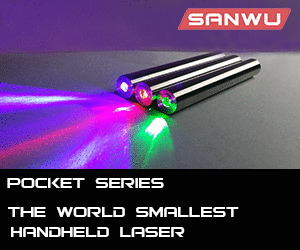You need so called current voltage graph for the diode. For any voltage applied on the diode, some current will flow through it. This voltage multiplied by this current will give input power. This is not the same as output optical power. Output power is more or less linear function of input power, there are just some losses, so it may be like 30% of input power or so. It usually differs for individual pieces of the same diode type, you can find diodes twice as powerful at the same current as average diodes.
So .. back to the graph .. for every voltage there is current .. or vice versa .. for every current there is voltage. We usually use current driver, as this dependency of current on voltage does change with temperature, and with constant voltage drivers your current can get too high and kill the diode.
Check this image (taken from this thread:
http://laserpointerforums.com/f65/3x-445nm-ld-piv-plot-53927.html)
Look at the red line .. you see the bend ? That's where the diode starts to produce light. Let's say at 100mA, or 4.5V. First non-coherent only.
At 200mA, or 4.8V you can see the output power rise from zero .. that means coherent light is being produced. This is called 'lasing threshold'.
After that the curves are more or less linear, both current to voltage, and power to current.
What can't be seen in this graph, that after some current (or voltage) the output power stops rising, and diode will either stop lasing, or will burn (that's why most people don't push it).
You also can't see dependency on temperature. As the diode gets hotter, it will pass more current with the same voltage applied. It's really hard to measure, and not important, if you use current driver. That's why we mostly talk about current and power, and not voltage. But this graph applies to basically all electronic parts, especially semiconductors, and often the voltage is used as primary value. Not so with laser diodes.
There is also some 'sweet spot' .. some current at which the diode does what you want, with reasonable live time. When this graph was made, these diodes were usually run at 1W. Which means current 1A, voltage 4.5V. Now here where the voltage is important. There are different current drivers .. and some can only decrease voltage of the battery (buck driver).. and some can only increase it (boost driver).. and there are even some which can do both. So if you have 3V battery .. and you see the diode need 4.5V .. you need boost driver, able to input 3V and output 4.5V.
Anyway .. you need those graphs. It is different for each diode type. Especially for different colors .. for shorter wavelength you need higher voltages, but it also depends on construction of the diode and some other things.




